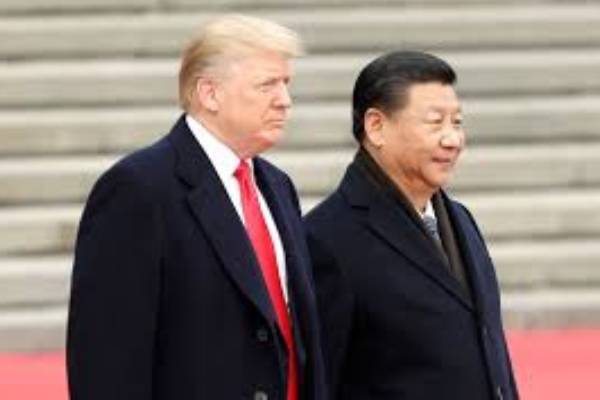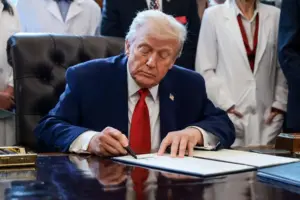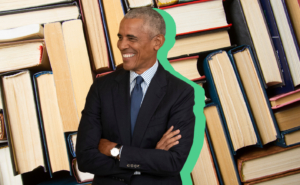Officials from the United States and China resumed high-level trade talks in Stockholm on Tuesday, aiming to resolve long-running economic disputes and ease tensions between the world’s two largest economies.
The two-day discussions, held at Rosenbad—the Swedish Prime Minister’s office—mark the latest attempt to defuse an escalating trade war that has rattled global markets and supply chains.
U.S. Treasury Secretary Scott Bessent and Chinese Vice Premier He Lifeng led their respective delegations in what sources described as lengthy and detailed sessions. Monday’s opening round of talks reportedly lasted over five hours, though no official statements were released by either side.
While immediate breakthroughs are unlikely, officials familiar with the talks said both sides could agree to extend their current tariff truce by another 90 days. Such a move would delay the looming August 12 deadline, when triple-digit tariffs are scheduled to snap back if a deal is not reached. A durable agreement is considered critical to avoiding renewed disruptions to global supply chains, particularly in high-tech components and rare earth minerals.
The outcome of the Stockholm discussions may also influence the prospects for a potential meeting between U.S. President Donald Trump and Chinese President Xi Jinping later this year. However, Trump dismissed reports he was actively seeking such a meeting.
“This is not correct, I am not SEEKING anything! I may go to China, but it would only be at the invitation of President Xi, which has been extended. Otherwise, no interest!” Trump posted on his Truth Social platform on Tuesday.
The talks follow a flurry of trade diplomacy by the U.S., including a major agreement with the European Union on Sunday to impose a 15% tariff on most EU exports to the U.S., and a similar pact with Japan.
According to the Financial Times, the U.S. has also temporarily paused certain tech export restrictions to China, including those targeting AI chips such as Nvidia’s H20, in an effort to keep trade negotiations on track and avoid further inflaming tensions.
Yet diplomatic friction continues to simmer, especially over human rights and Taiwan. In Washington, bipartisan groups of U.S. senators are preparing new legislation targeting China’s treatment of ethnic minorities, political dissidents, and its stance on Taiwan—moves that could complicate the Stockholm negotiations.
Adding to the sensitivity, Taiwanese President Lai Ching-te is reportedly postponing a planned visit to the U.S., amid fears it could provoke Beijing and derail the trade talks. China claims Taiwan as part of its territory and vehemently opposes any official U.S. engagement with Taipei.
The current round of talks builds on earlier meetings in Geneva and London, which focused on scaling back tit-for-tat tariffs and restoring trade flows disrupted by export bans and sanctions. Washington has long criticised China’s export-heavy, state-led economic model, while Beijing argues that U.S. national security curbs are a form of economic containment.
Treasury Secretary Bessent has signalled openness to a truce extension but stressed the need for China to shift toward more domestic consumption—a long-held objective of U.S. policy.
Analysts warn that unlike recent U.S. trade deals with the EU and Japan, negotiations with China are far more complex. China’s dominance in the global rare earths market—critical for industries ranging from defence to automotive—remains a powerful bargaining chip.
Whether the Stockholm talks can produce lasting solutions remains uncertain, but both sides appear committed to keeping the diplomatic channels open.





